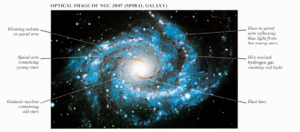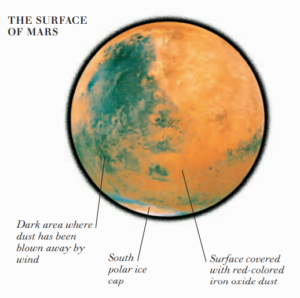THE SOLAR SYSTEM consists of a central star (the Sun) and the bodies that orbit it. These bodies include eight planets and their more than 160 known moons; dwarf planets; Kuiper Belt objects; asteroids; comets; and meteoroids.

The solar system also contains interplanetary gas and dust. The planets fall into two groups: four small rocky planets near the Sun (Mercury, Venus, Earth, and Mars)
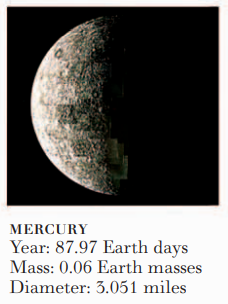

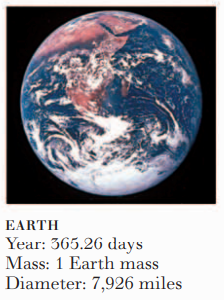
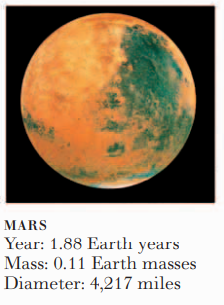


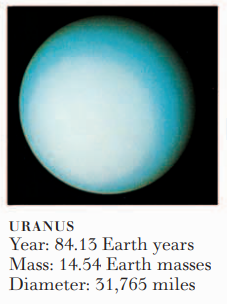
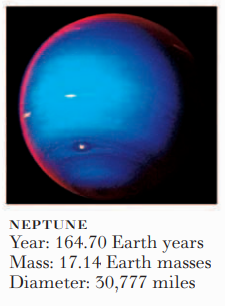

and four planets farther out, the giants (Jupiter, Saturn, Uranus, and Neptune).
Between the rocky planets and giants is the asteroid belt, which contains thousands of chunks of rock orbiting the Sun. Beyond Neptune is the Kuiper Belt and, more distant, the Oort Cloud. Most of the bodies in the planetary part of the solar system move around the Sun in elliptical orbits located in a thin disk around the Sun’s equator. All the planets orbit the Sun in the same direction (counterclockwise when viewed from above) and all but Venus and Uranus also spin about their axes in this direction. Moons also spin as they, in turn, orbit their planets. The entire solar system orbits the center of our galaxy, the Milky Way.



